8 Plants You Need To Winterize In Fall: Protect Perennials Now Or Risk Losing Them To Frost
Take action to protect these popular plant groups in the fall before temperatures plummet – and they will return healthy and strong in spring.

Melanie Griffiths

Winterizing is the process of protecting certain garden plants from harsh winter weather. While it isn’t necessary to protect all your plants from freezing temperatures, more vulnerable varieties will benefit from this extra step. Protecting plants in the fall, before the frost sets in, will ensure they stay healthy and grow well come spring.
Winterizing perennial plants may sound like a lot of effort, but in a hard frost can mean the difference between life and death. You can avoid a lot of winterizing chores by using cold-hardy plants appropriate for your USDA hardiness zone. But most gardeners in cooler zones will have some plants that will benefit from a little winterizing. This might be as simple as adding extra mulch or wrapping plants in protective material.
These eight plant groups will thank you for a little extra protection before the frosts set in.
1. Young Trees
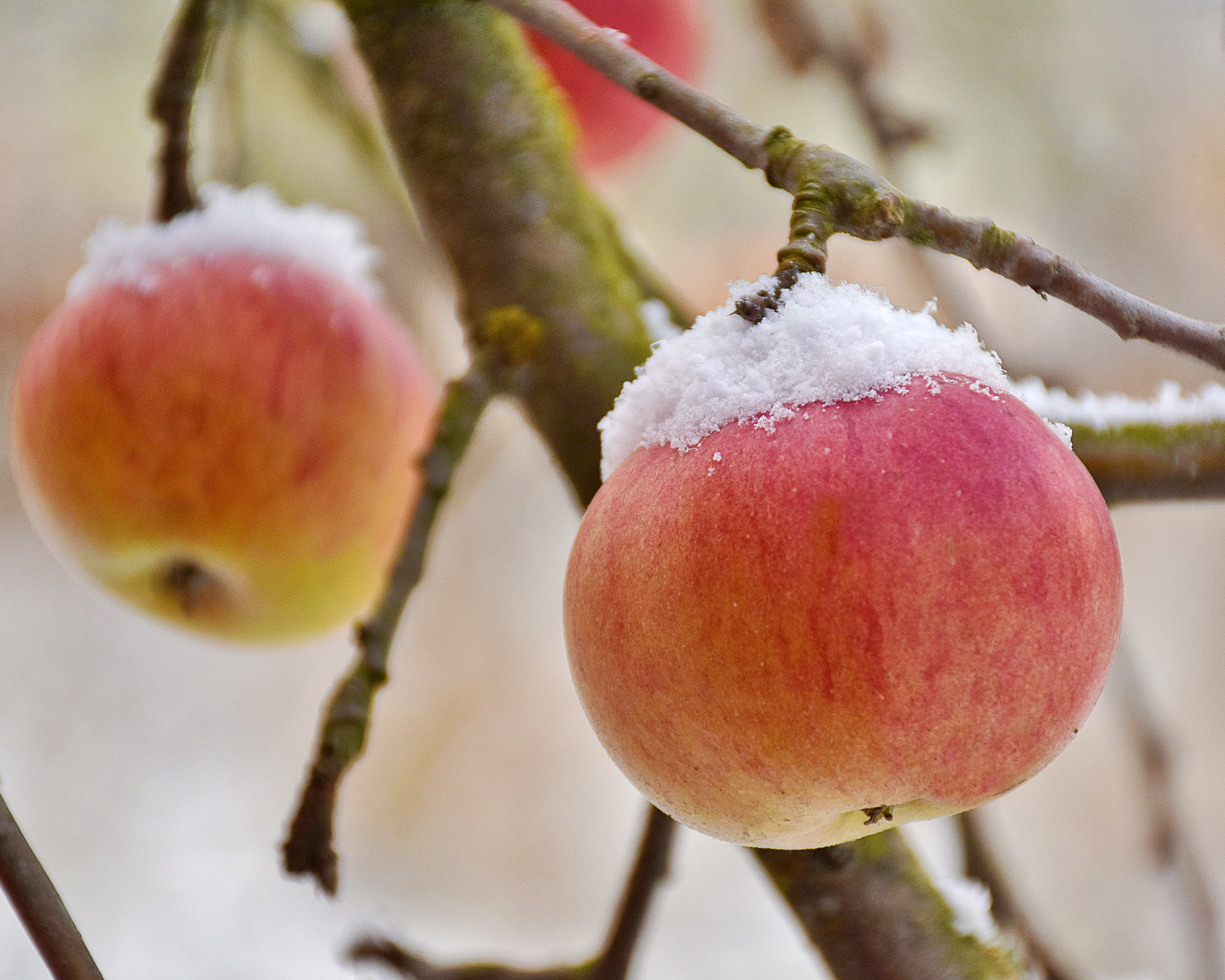
Winterizing young trees, especially fruit trees, can be beneficial to protect them from cold weather. It’s best to do this before the first frost, but definitely before the first hard frost or freeze. The most important thing to do is to avoid pruning, which can lead to new growth that gets damaged by cold temperatures.
Wrap the lower trunk of vulnerable trees to keep deer, voles, and other critters from eating the bark during winter. This will also prevent damage from freezing and thawing temperatures.
Another good way to protect young trees from critters and cold damage is to create a structure around the trunk with stakes. Wrap the stakes with burlap or plastic. Alternatively, create a structure with chicken wire and fill it with leaves.
2. Roses
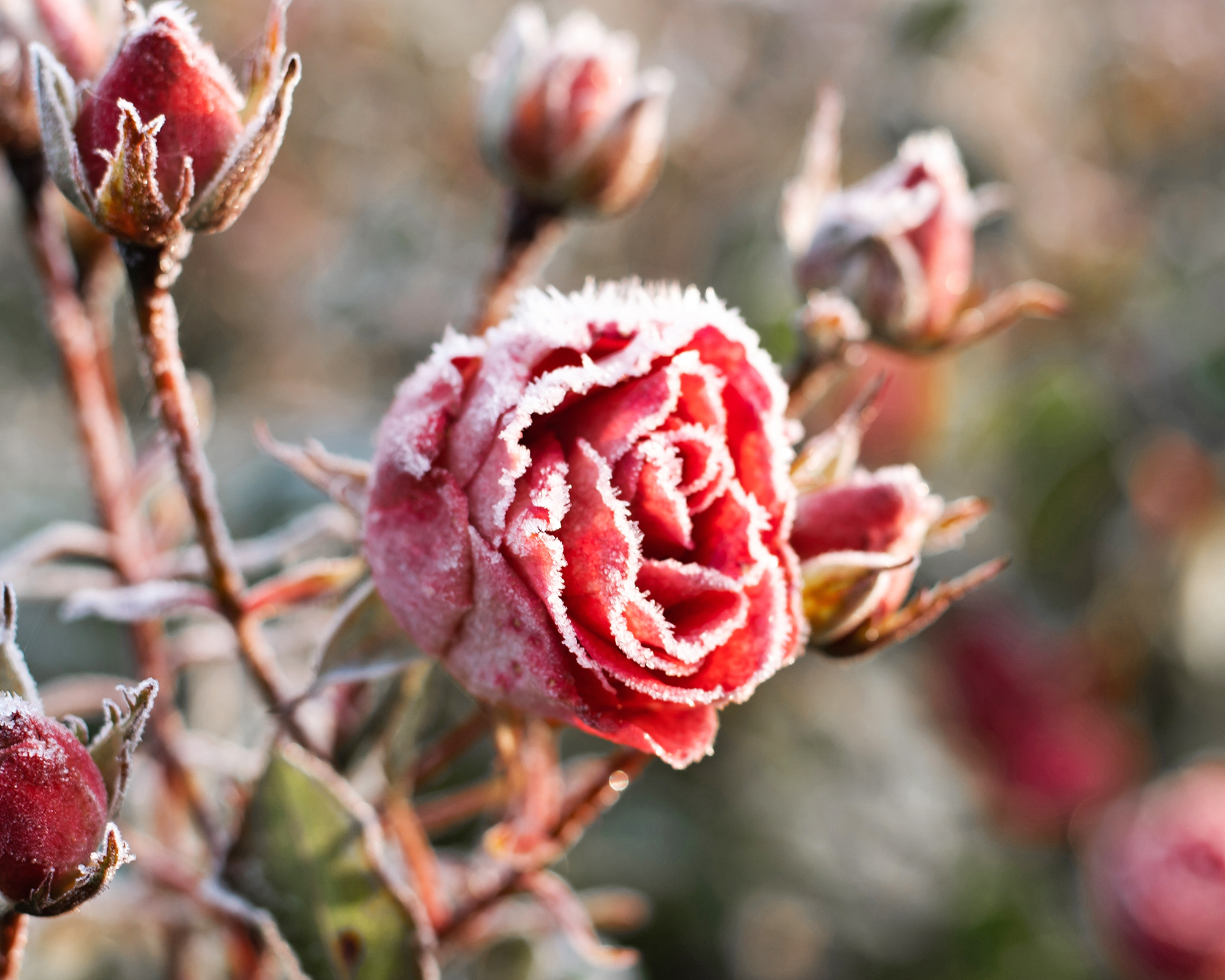
Winterize rose bushes in the fall before the first frost. Continue watering them throughout the season, but stop fertilizing six weeks before your area’s average first frost date. Trim off any canes that look diseased or have died.
Sign up for the Gardening Know How newsletter today and receive a free copy of our e-book "How to Grow Delicious Tomatoes".
Around the time of or just after the first frost of the season, mulch around rose bushes up to the swollen joint between the rootstock and main stem. If your area gets very cold temperatures, enclose smaller rose bushes with chicken wire or cages and fill them with leaves or straw for extra protection.
If you grow climbing roses, pull them down to the ground and cover them with leaves or another type of mulch.
3. Hardy Vegetables
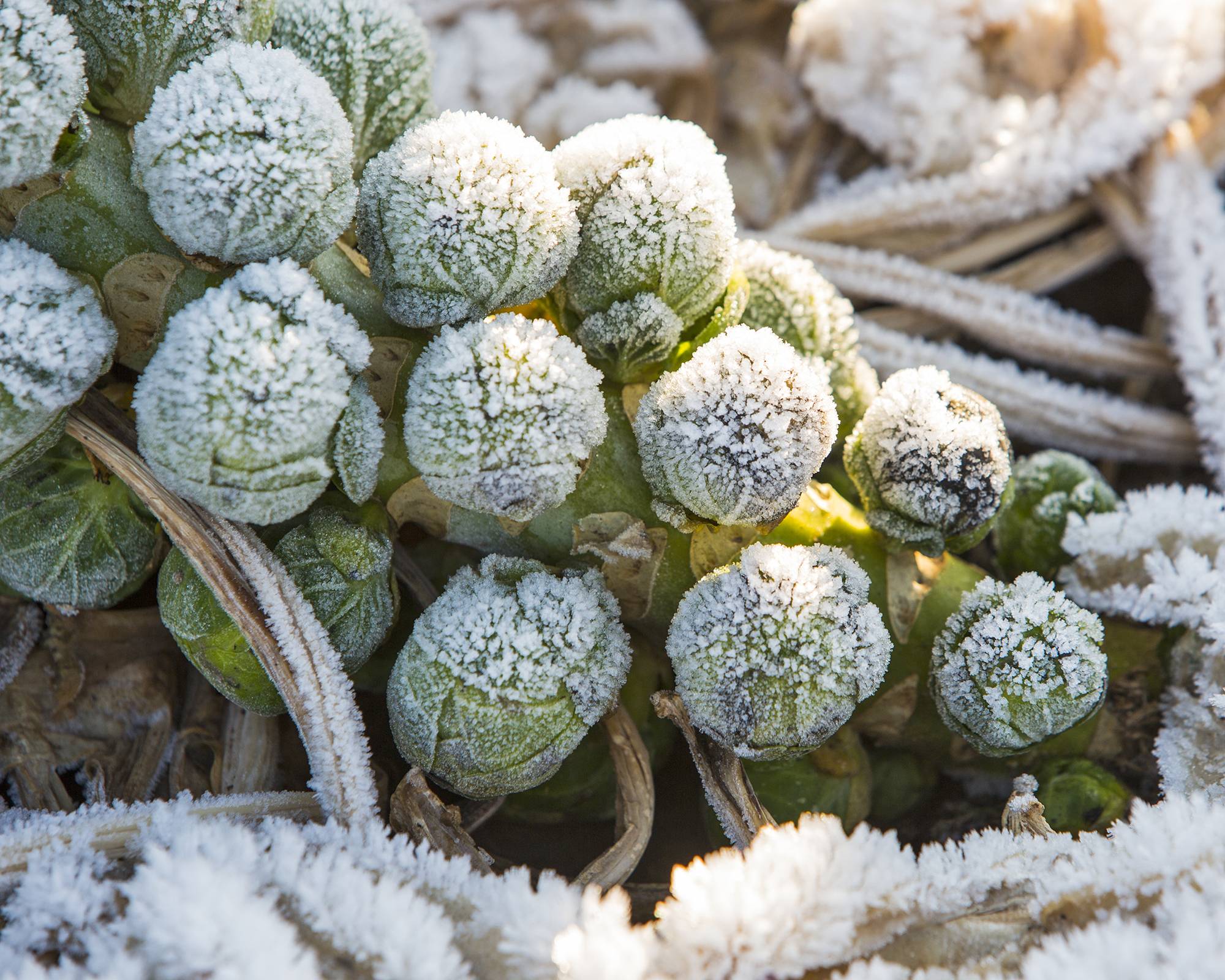
Your tender, warm-weather vegetables, like tomatoes, peppers, peas, and zucchinis, will not survive winter. There are plenty of hardy vegetables that survive winter with some protection. Many even taste better after being exposed to colder temperatures.
Bury Brussels sprouts in leaves, straw, or mulch and harvest them throughout the winter. Use row covers to protect semi-hardy plants, including leeks, cauliflower, and kohlrabi. They’ll die with repeated exposure, but a row cover can keep them going much longer, allowing for a longer harvest period.
Keep your root vegetables in the ground during frosts – they get sweeter with cold. You can continue harvesting them until the ground freezes.
4. Herbs
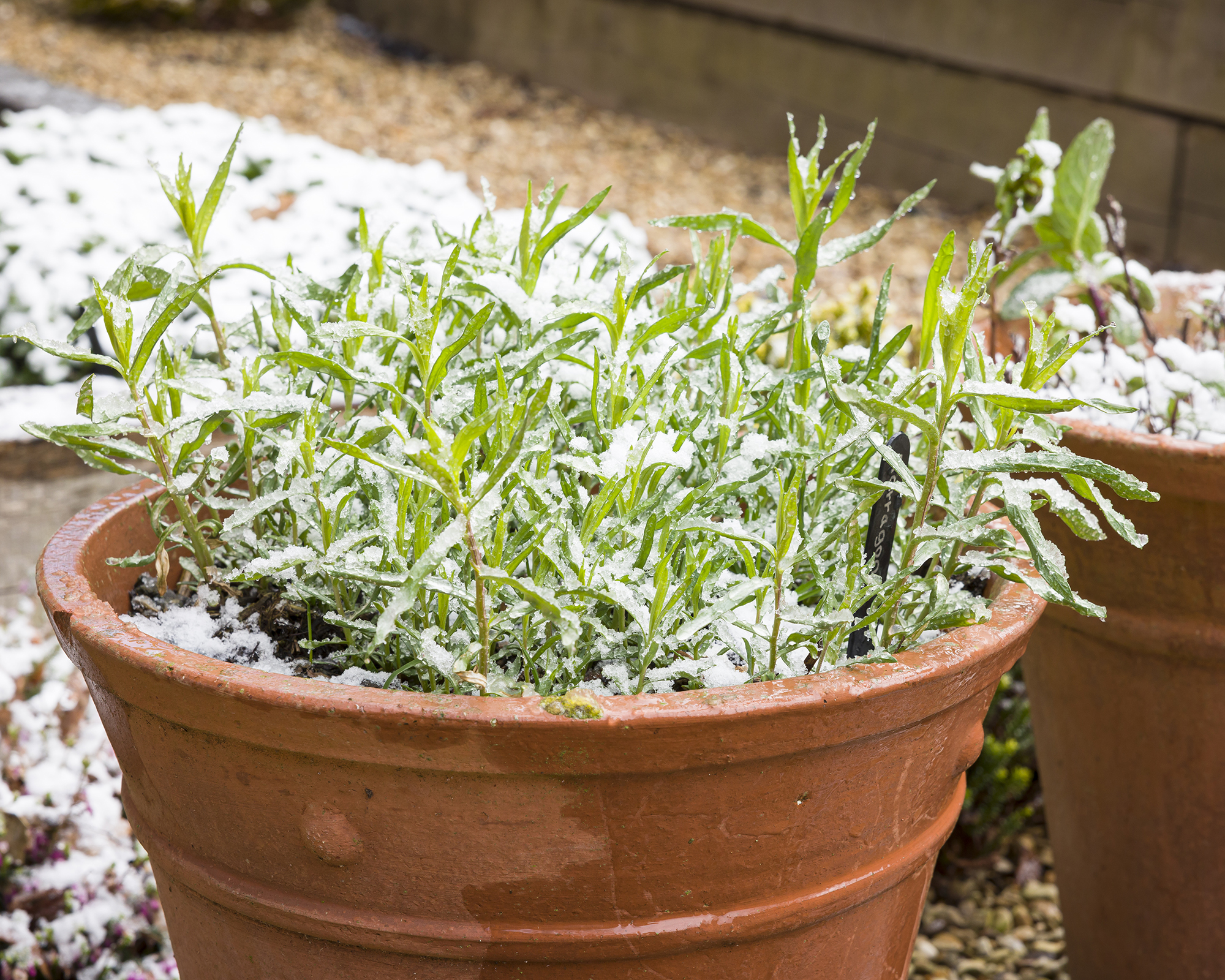
Many herbs will survive a few frosts, giving you an extended harvest. Basil is one herb that will not survive, so harvest it all before the first frost or bring it indoors.
Overwintering herbs like rosemary, oregano, and parsley by providing a little protection will extend their growing season. Cover them on the nights you expect a frost. A simple bed sheet will do the trick, but you can also use plant covers or row covers. Parsley is particularly hardy and often survives frost without protection.
5. Berries
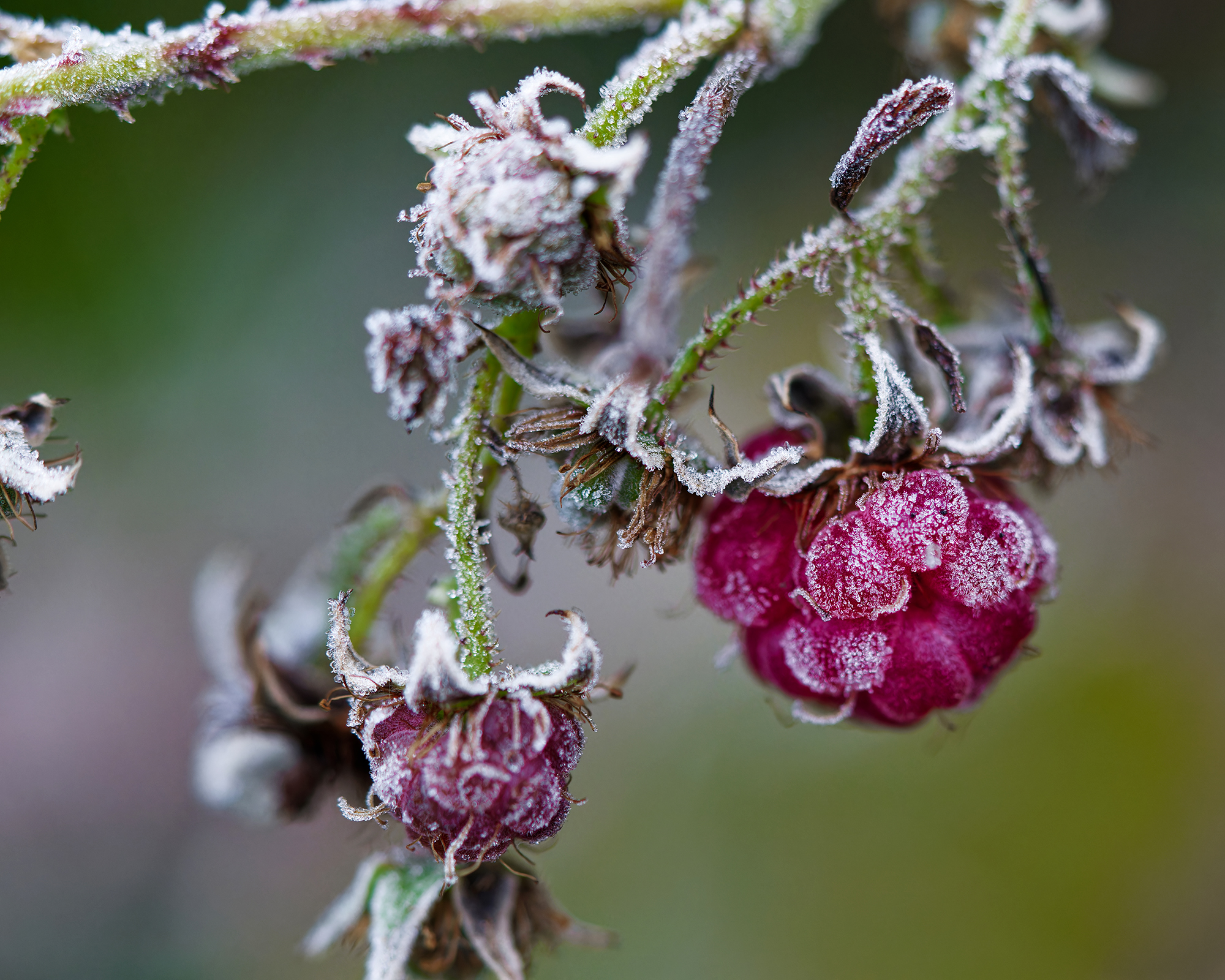
Berries and small fruits benefit from some winterization, which will lower the risk of cold damage and improve the yield for the next year. Mulch strawberry plants, and don’t be too hasty to uncover them in spring. Exposing them to cold temperatures too early can damage buds.
Cut back raspberry and blackberry canes in fall to reduce cold damage. Berries next year will develop on new growth. Protect blueberry bushes with mulch to insulate the roots. Wrap younger bushes in plastic or burlap if you have very cold winters.
Many grapes are hardy, but if you have a more tender variety, pull the vines down to the ground and cover them with soil and mulch.
6. Shallow-Rooted Perennials
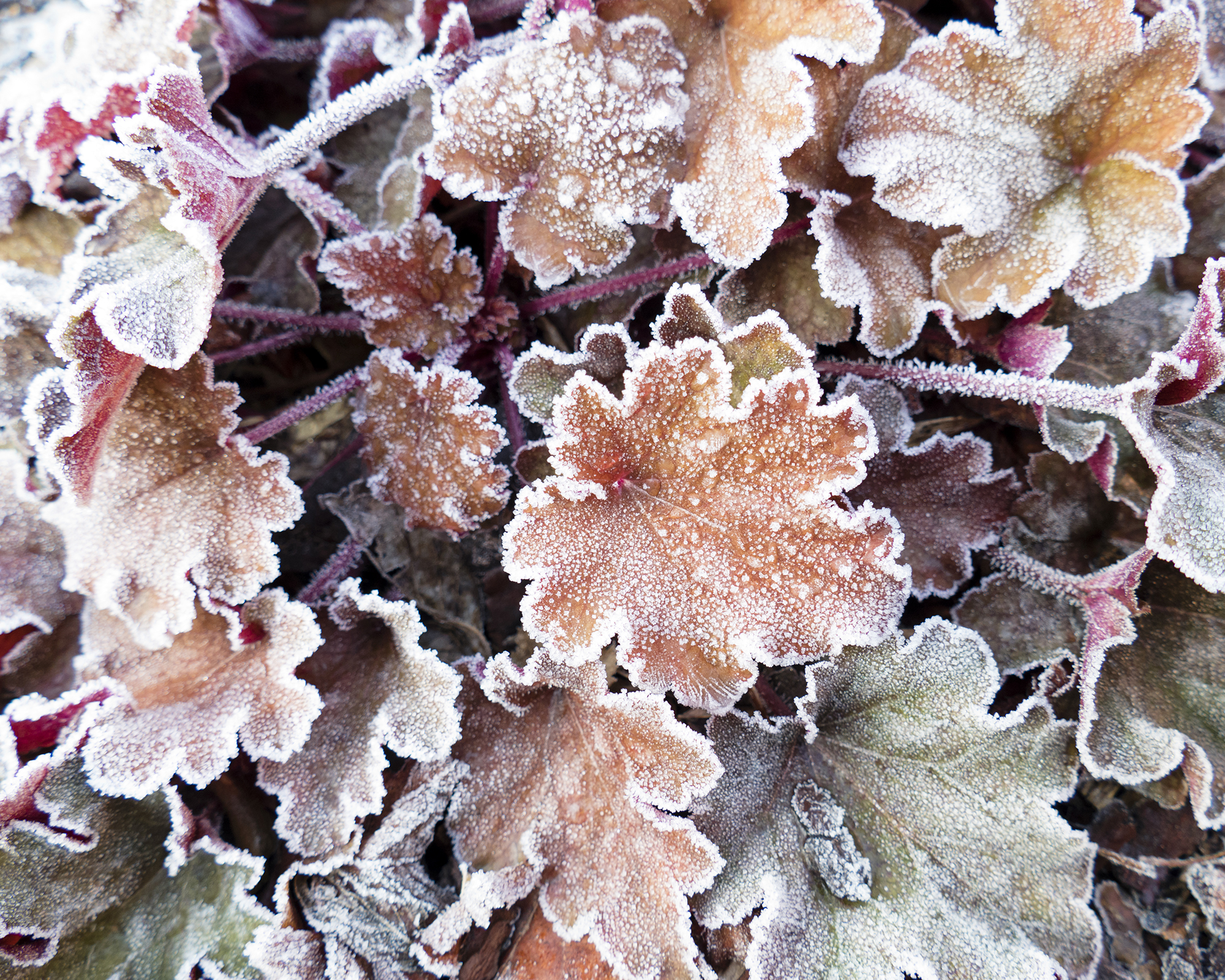
As long as you grow perennials suited to your hardiness zone, they should survive the winter. However, even though hardy, some perennials have shallow roots and are vulnerable to frost heaving. Temperature fluctuations in winter lead to freeze-thaw cycles. Repeated expansion and contraction of the soil pushes the crown and sometimes roots of plants out of the ground, causing significant damage.
Mulch to a depth of about four inches (10cm) around your shallow-rooted perennials to protect them from this phenomenon. Having well-drained soil also helps minimize frost heaving. Poor drainage leads to soggy soil that is more likely to freeze and thaw throughout winter.
Some examples of perennials with shallow roots that can benefit from mulching include coral bells, coreopsis, blanket flower, shasta daisy, pincushion, foam flower, and bergenia.
7. Tropical Plants

Tropical plants do not survive winter in most gardens and may not even survive a light frost. If you grow plants like hibiscus, bird of paradise, and bougainvillea, you cannot winterize them outside and expect them to survive.
You can overwinter potted plants indoors. Bring them indoors before nighttime temperatures drop below 50°F (10°C). Place them in a bright, warm area, ideally with humidity around 50% to mimic tropical conditions. Reduce watering slightly, as plants need less moisture during dormancy, but maintain enough humidity to prevent drying.
For large tropical plants or those planted directly in the ground, cover them with frost blankets or burlap when freezing temperatures are expected. Adding a thick layer of mulch around the base can insulate roots and keep soil warmer.
8. Summer Bulbs

Winterize summer-flowering bulb plants, such as dahlias, gladioli, begonias, cannas, and caladiums by digging them up and storing them until spring.
Begin by gently digging up the bulbs after the first frost blackens foliage. Carefully shake off excess soil without damaging the bulbs, and allow them to dry in a cool, shaded area for a few days to prevent mold. Inspect for any damaged or diseased bulbs and remove them to avoid affecting others.
Once dry, store the bulbs in a container filled with peat moss, sawdust, or vermiculite, which helps maintain moisture without becoming too damp. Place the container in a cool, dry, frost-free space, ideally between 40-50°F (4-10°C).
Check periodically through winter, removing any bulbs showing signs of rot. By spring, your healthy, stored bulbs will be ready for replanting.

Mary Ellen Ellis has been gardening for over 20 years. With degrees in Chemistry and Biology, Mary Ellen's specialties are flowers, native plants, and herbs.
- Melanie GriffithsEditor in Chief